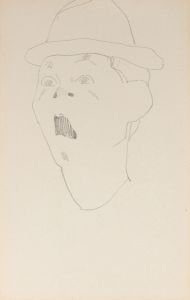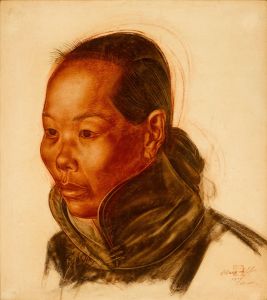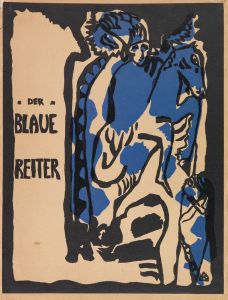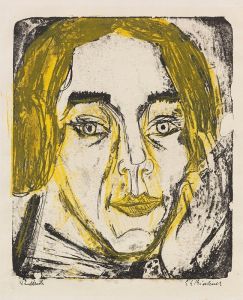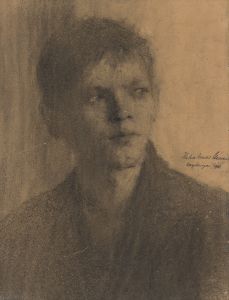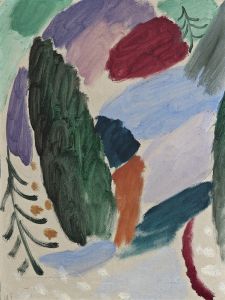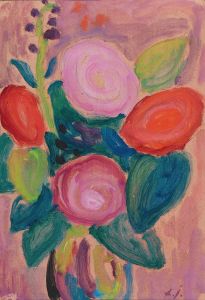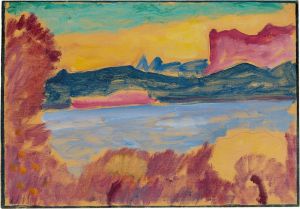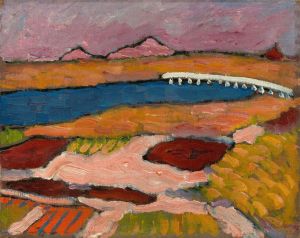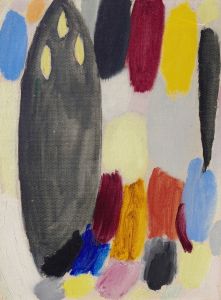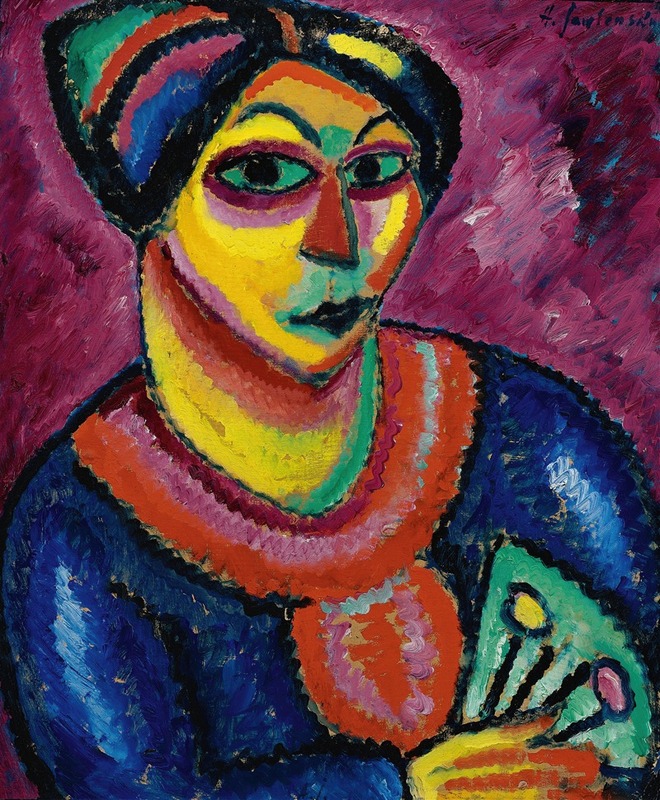
Woman With A Green Fan
A hand-painted replica of Alexej von Jawlensky’s masterpiece Woman With A Green Fan, meticulously crafted by professional artists to capture the true essence of the original. Each piece is created with museum-quality canvas and rare mineral pigments, carefully painted by experienced artists with delicate brushstrokes and rich, layered colors to perfectly recreate the texture of the original artwork. Unlike machine-printed reproductions, this hand-painted version brings the painting to life, infused with the artist’s emotions and skill in every stroke. Whether for personal collection or home decoration, it instantly elevates the artistic atmosphere of any space.
"Woman With A Green Fan" is a painting by the Russian expressionist artist Alexej von Jawlensky. Born in 1864 in Torzhok, Russia, Jawlensky became a prominent figure in the early 20th-century art scene, particularly known for his vibrant use of color and bold, emotive portraits. He was a key member of the Munich-based group Der Blaue Reiter (The Blue Rider), which included other notable artists such as Wassily Kandinsky and Franz Marc.
The painting "Woman With A Green Fan" was created around 1912, during a period when Jawlensky was deeply influenced by the Fauvist movement and the works of Henri Matisse. This influence is evident in the painting's vivid color palette and the stylized, almost abstract representation of the subject. The use of bright, contrasting colors and simplified forms is characteristic of Jawlensky's work from this period, reflecting his interest in expressing inner emotional states through his art.
In "Woman With A Green Fan," Jawlensky depicts a female figure holding a green fan, set against a richly colored background. The woman's face is rendered with broad, sweeping brushstrokes, and her features are simplified to emphasize the emotional impact of the composition. The green fan, a central element in the painting, adds a striking contrast to the warm tones of the woman's clothing and the background, drawing the viewer's attention and adding a sense of dynamism to the piece.
Jawlensky's approach to portraiture was heavily influenced by his belief in the spiritual and emotional power of color. He sought to go beyond mere physical likeness, aiming instead to capture the essence of his subjects through his use of color and form. This philosophy is evident in "Woman With A Green Fan," where the interplay of colors and the abstracted forms work together to convey a sense of the woman's inner life and emotions.
Throughout his career, Jawlensky's work evolved, but he remained committed to exploring the expressive potential of color and form. His later works, particularly his series of "Meditations" and "Abstract Heads," continued to push the boundaries of abstraction and expressionism. Despite facing significant personal and professional challenges, including the upheaval of World War I and the rise of the Nazi regime, which labeled his work as "degenerate art," Jawlensky's contributions to modern art have been widely recognized and celebrated.
Today, "Woman With A Green Fan" is considered an important example of Jawlensky's early expressionist style. The painting is held in various private and public collections, and it continues to be studied and admired for its bold use of color and its emotional depth. Jawlensky's work, including this painting, remains influential, reflecting his enduring legacy as a pioneer of modern expressionist art.





